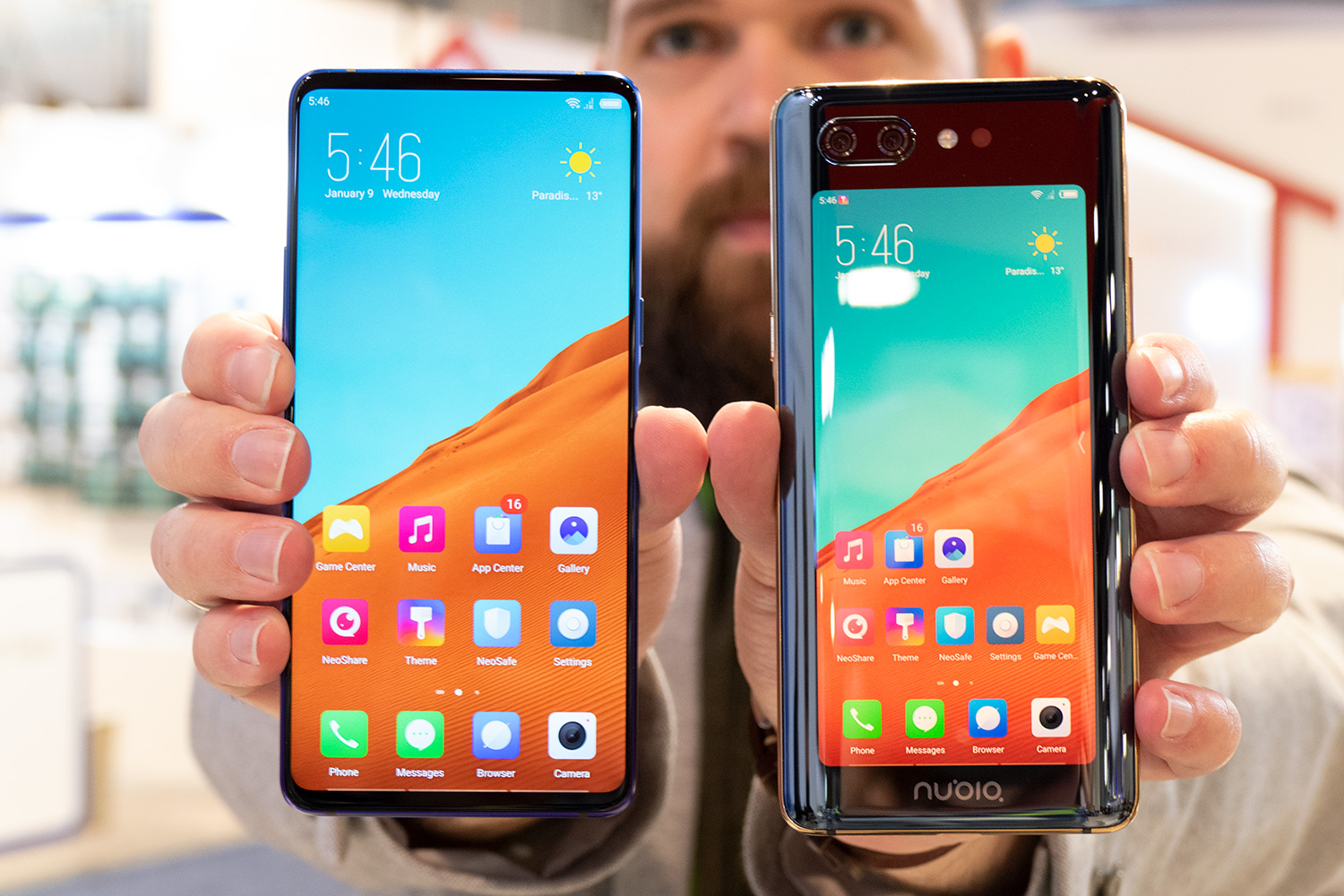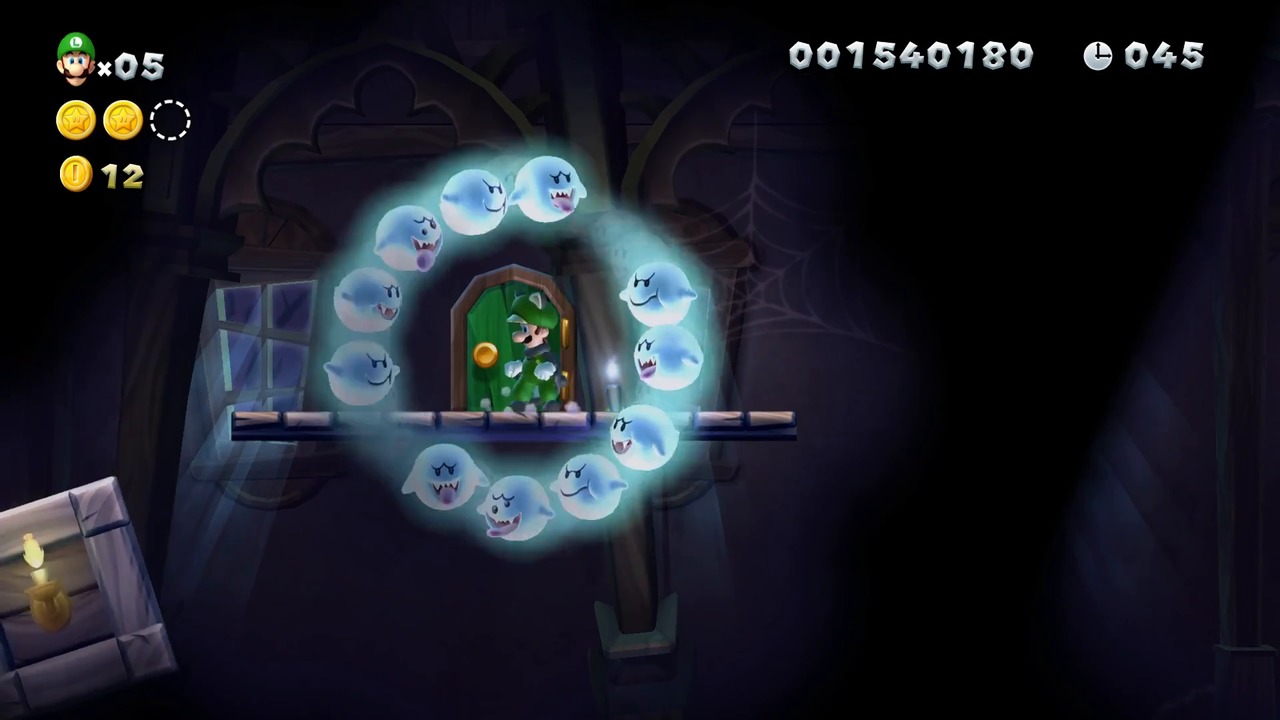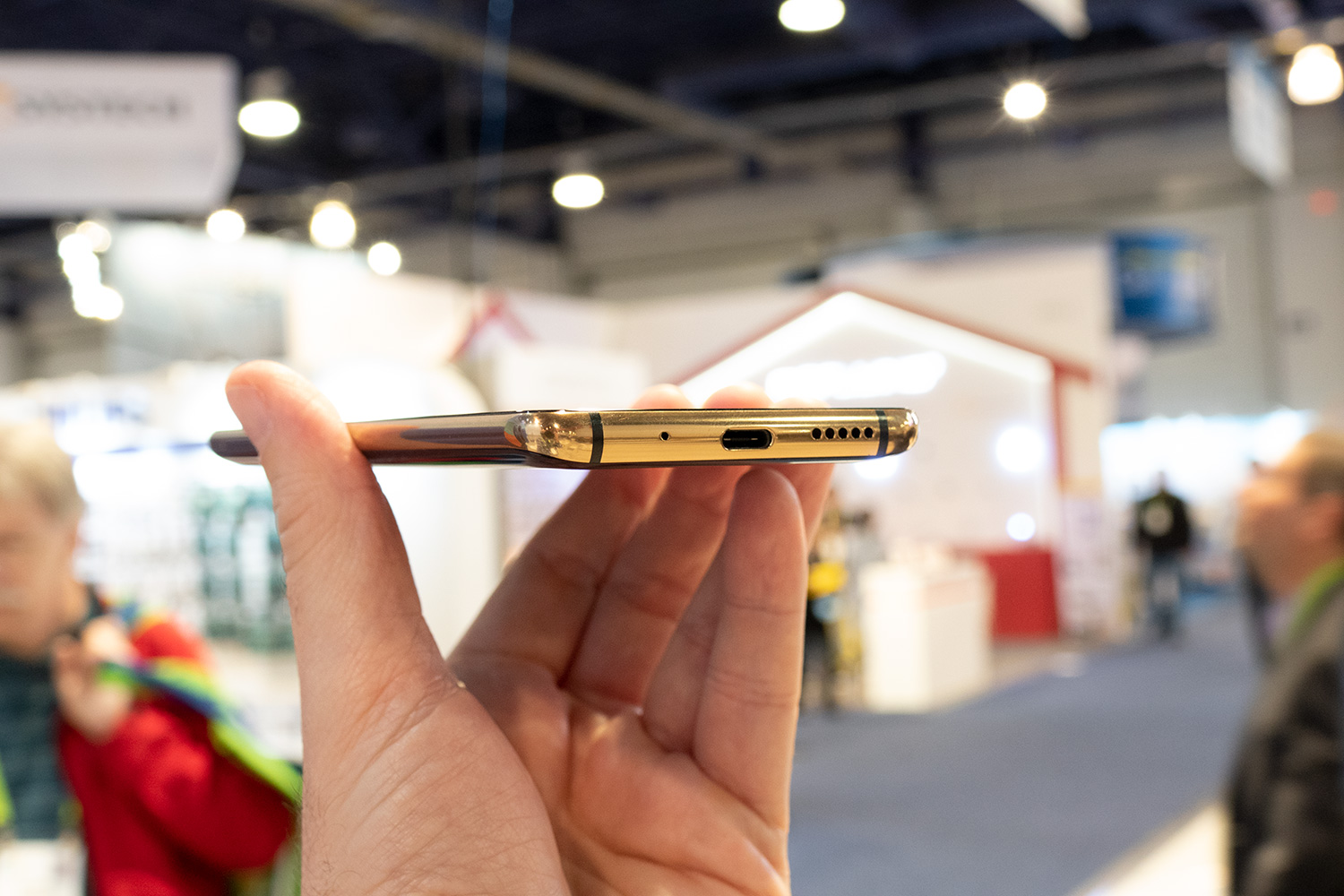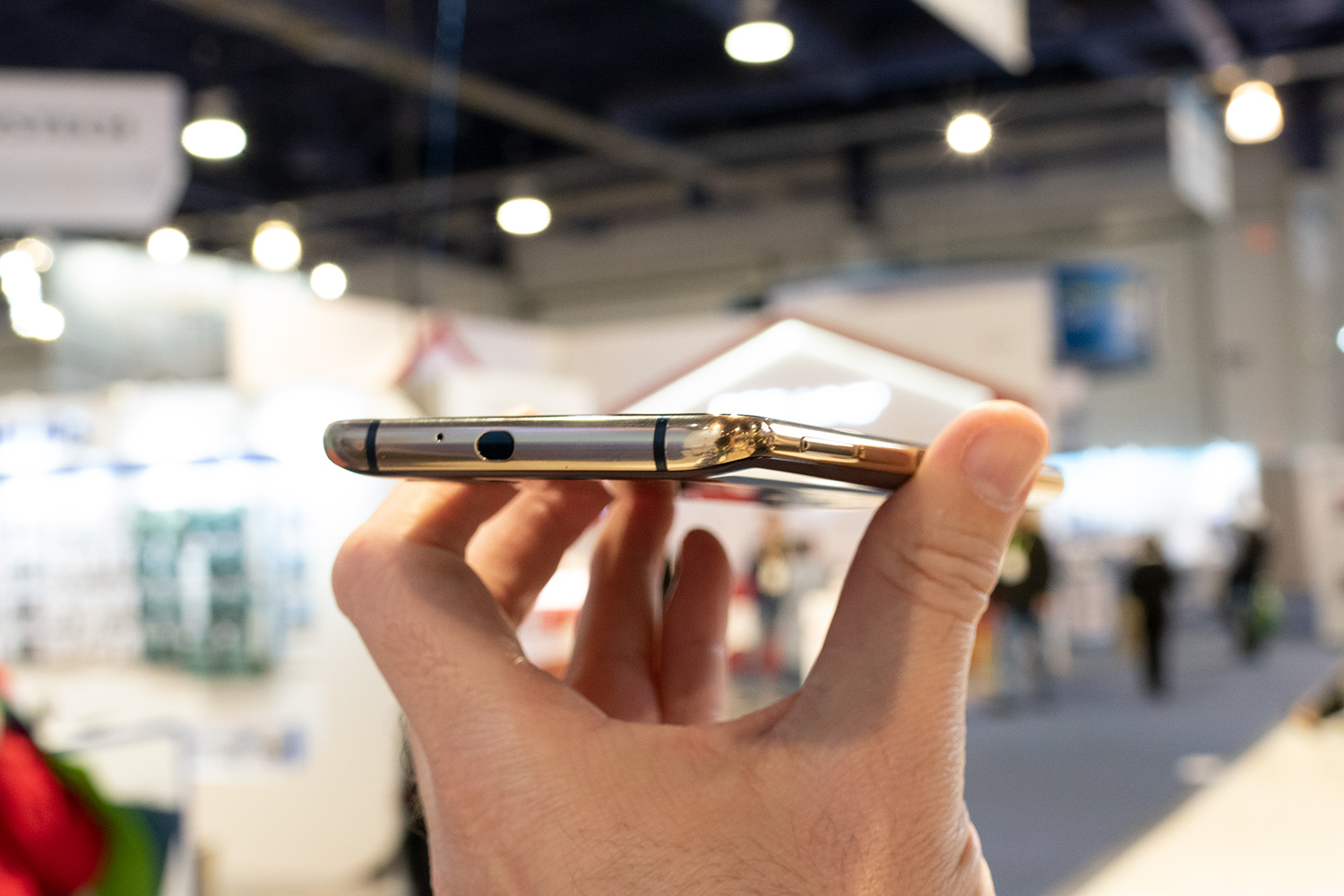Nubia, the Chinese smartphone company that became independent from ZTE in 2015, has an alternative to the continuing problem of what to do with the selfie camera on phones without bezels around the screen. Oppo and Vivo use motorized cameras, Honor uses a punch hole display, and many others use a notch. For the Nubia X. Nubia uses the rear camera for your selfies, and a second screen to see what you’re doing.
More CES 2019 coverage
- Your smartphone already does it: Redundant tech of CES 2019
- The weirdest wearables at CES give a new meaning to ‘think outside the box’
- The best CES 2019 health gadgets combat stress, pain, and more
- Here Mobility opens up the ridesharing market with SoMo at CES 2019
Here’s how it works. When you want to take a selfie, you flip the camera around so you’re looking at the rear lenses, and a second screen under the glass on the back of the phone illuminates, ready to work in the normal way. It seems like massive over-engineering to solve the problem, and it arguably is, but the implementation is so neat and the additional use cases compelling, that such deliberately flashy tech can be forgiven.
The outrageous design cannot be ignored. The 5.1-inch, 1,520 x 720 pixel screen on the back of the Nubia looks fabulous, almost like it’s etched in due to being set further under the surface than we’re used to seeing. It’s not as high resolution as the 6.2-inch, 2,280 x 1,080 pixel front screen, which is an LCD rather than the OLED on the back.
Not just for selfies
Rather than solely be used for selfies, the screen on the back can replicate everything that’s on the front screen, or be used to display a single app. You could be gaming on the front screen and have messages open on the back, for example. For gaming, the second screen can be tailored to provide a customizable control system — like the back of a PlayStation Vita — keeping your fingers free from interrupting the action around the front. For selfies, it uses the rear 24 and 16-megapixel sensors, which will always provide more impressive results than a single, smaller sensor above the screen. The selfies looked great, filled with detail. We expect them to work really well in low light as well, due to the larger sensors.
Despite the two screens the Nubia X is quite slim and lightweight. The 8.4mm thickness is manageable, and at 181 grams, it’s lighter than an
Despite the two screens the Nubia X is quite slim and lightweight.
While we think the technology is great, and love the daring design decision to add a second screen, the Nubia X has some other changes that are less successful. There are two fingerprint sensors on the phone, both of which are side mounted — on the left and right — and they both have to be used at the same time to unlock the phone. Nubia said twice the fingerprints means twice the security, but there are days where picking up the phone and using both thumb and forefinger to unlock it is inconvenient.
The other issue with the Nubia X is the software, and the transition between front and back screens. This can be done automatically, and most of the time it’s fine, but the accelerometer wasn’t all that sensitive and would miss our hand turns. There were alternative ways to swapping between screens, but these did not operate very well when demonstrated to us, and were confusing to understand.
The shape of things to come
Technically the Nubia X is a flagship phone from early to mid 2018, as it has a Snapdragon 845 processor and either 6GB or 8GB of RAM. The battery has a 3,800mAh capacity, uses Quick Charge 4.0 through a USB Type-C, and the body is wrapped in Gorilla Glass. The Nubia X is not available in the U.S., and has only been released in China at the moment, where it costs around $500.
Why should you care? For a start, the dual-screen layout is very cool, and a genuinely innovative solution to a problem faced by the mobile industry at the moment. The second reason is that Nubia has its eyes on the U.S. market, and told us that in intends to sell the sequel to the Nubia X in the U.S. when it arrives. There was no timeline shared, but it will bring the new $400 Nubia Red Magic Mars gaming phone to the U.S. before the end of March, so plans are definitely underway.
In the meantime, just revel in the fact a phone company is doing something so over-the-top to make taking selfies easier.










